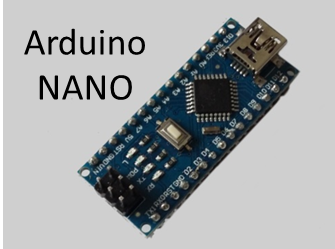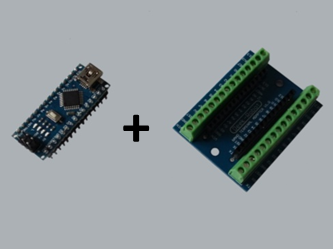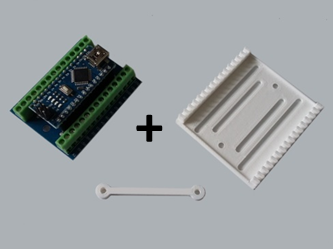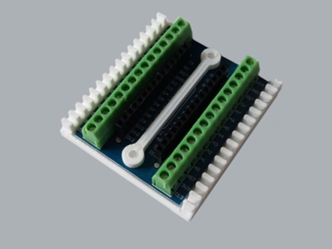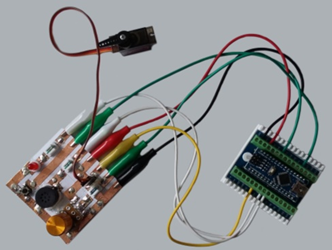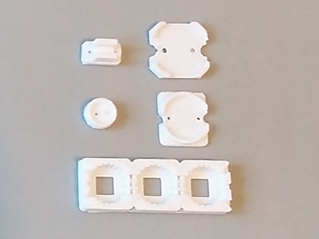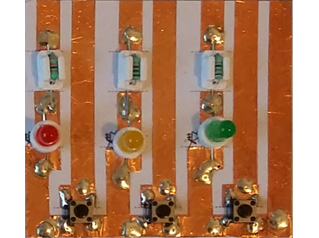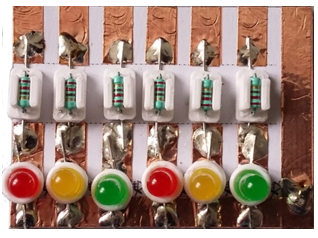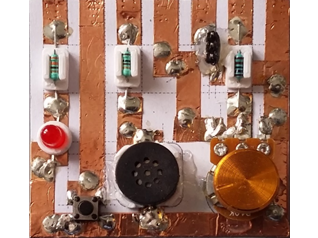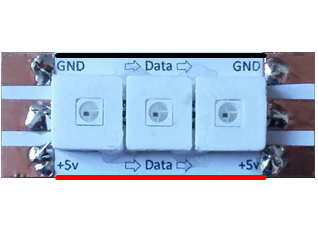
- Project
NANO Circuits
With the aim of getting younger students interested in electronics and coding I have developed the following ideas based on the Arduino NANO microcontroller and Terminal Adapter pcb. It’s very low cost and great for developing practical STEM skills. Give this a go, you mghte like it!
Project Overview
For younger students, traditional bread boarding can take some of the fun out of making your own circuits, and can be a bit fiddly. So here we use the very low cost, but quite capable NANO micro and attach a Terminal Adapter board, to which we can then connect leads with crocodile clips.
Circuits can then be created by students using 6mm copper foil tape on card, following a pre-printed image of the circuit. They then solder their components in place and connect up the NANO board with the crocodile clips. They can then get straight into coding and experimenting!
Use the sample circuits below to get started. You’ll soon be creating circuits of your own I’m sure.
What You Will Need
Here is the list of essential components needed for this prototyping system, plus if you have access to a 3-D printer, some additional parts that can make the components easier to handle and be more reliable.
Arduino NANO - you will need the Arduino IDE for coding and a mini USB cable, with the appropriate drivers installed.
Terminal Adapter pcb
Crocodile clip leads - I would recommend that you use specific colours as in GND = Black, 5V = Red, Digital = White, PWM = yellow, Analog = green
6mm adhesive copper foil tape - this is a good size for circuits, but wider and thinner tape can be used too.
Hand tools - craft knife, soldering iron, solder, wire cutters, fine nosed pliers
I’ve also provided useful extras, for those with access to a 3-D printer, which will make the system more reliable and easier to handle the components when soldering, as some will get hot!
|
|
Sample Circuits
To get you started I’ve included the following sample circuits for you to try, and I’ll add more as they come to mind. If you have any suggestion for circuits you would like to make, or if you come up with designs of your own, let me know and I’ll include them on this page and give you a mention.
|
||
Need more?
If you feel that I haven’t included enough information to allow you to tackle a project of this type then send me an email explaining what you need. Or if you just want to give me some general feedback on this site, or to suggest projects what I might include which would be interesting to you, I’d be pleased to hear from you.
